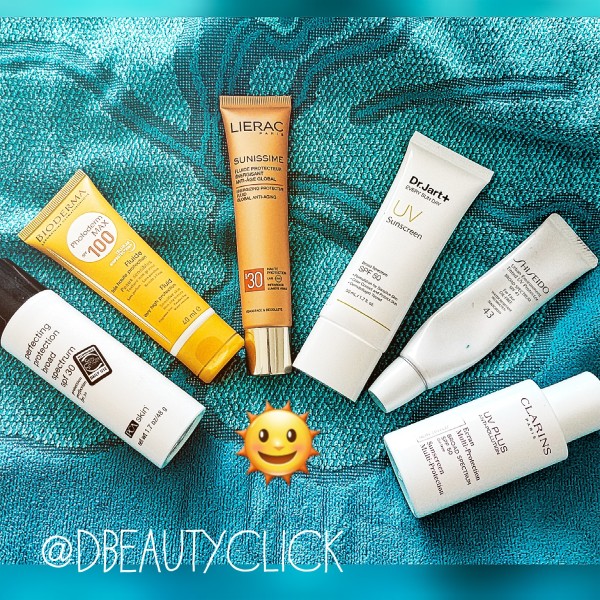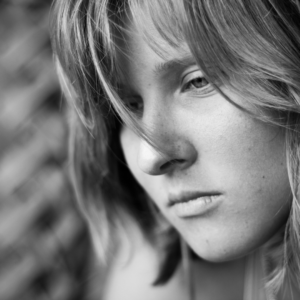The Sun Protection Factor helps to measure the performance of the sunscreen
In terms of protecting your skin from ultraviolet radiation that harms the skin causing: sunburn, breaking down collagen and elastin, damaging healthy cells and even being able to cause skin cancer.
Assuming that the skin would burn after aprox. 20 minutes under direct sun, SPF numbers give you an estimate time of protection before you get sunburned.
For example, an SPF of 15 would allow you to stay under the sun 15 times longer than without sunscreen which is aprox. 5 hours of protection. It is approximate because different factors can influence the protection accuracy, for instance: the skin type ( relates to how light or dark the skin is), location or season affecting the intensity of the sunrays, the amount of product applied and of course the quality and efficacy of the ingredients used in the sunscreen. It is very important that the formula offers a broad -spectrum protection to defend the skin from UVB and UVA rays. Some of the best known ingredients to look for are: octylmethoxycinnamate, oxybenzone, avobenzone, MexorylTM and titanium dioxide and/or zinc oxide.
So, as I mentioned previously, the number mainly relates to the time of protection not the protection level itself. There is actually not a great difference in protection from the different SPF numbers for example:
SPF 15 blocks 93% of UVB rays
SPF 30 blocks 97% of UVB rays
SPF 50 blocks 98% of UVB rays
Most dermatologists recommend to use an SPF of 30 or higher because although there is not a huge difference in the percentage of protection, that little difference will play to your benefit especially if your skin is more sun sensitive, have other skin issues or want to be preventive to defend your skin from the sun’s damaging rays and avoid premature aging.
It is key to note that no sunscreen can block up to 100% of UV rays; therefore, it is essential to apply it in the correct amount and to reapply regularly every 2 hours.
Another crucial fact to remember is that UVB rays are the ones that can cause sunburn, so we are normally more attentive to those because we can see the reddening of the skin. However, UVA rays are invisible to the naked eye and produce detrimental damage to the cells accelerating the aging process of the skin causing wrinkles and elasticity loss called photo-aging.
So, next time when you go shopping for a good sunscreen, consider one that suites all your needs. That way you will be safe guarding your skin from harmful sun damage.
Is the sunscreen for daily use under makeup, more like for an office setting or would it be worn to protect you from long hours of sun exposure, such as a vacation, outside work or outdoor activities?
For daily inside use, a lighter texture sunscreen would be more comfortable; especially, if makeup is going to be worn over it. Today, you can find great formulas with color that serve double purpose as makeup and sunscreen you can even find some with an SPF of 30 such as Bare Minerals Complexion Rescue or even higher such as Shiseido Urban Environment tinted UV protector SPF43, this one is even water-resistant… how awesome is that!! For longer hours of sun expose though, select a higher SPF such a 50 or 50+ , a water-resistant is a smart choice for sports and outdoor activities… and always remember to reapply the product every 2 hours.
The Sun can be fun if you face it safely!!!
Until Next time…
Thanks for being here,
Dora Salazar
Paramedical Aesthetician
References
http://www.skincancer.org/prevention/sun-protection/sunscreen




